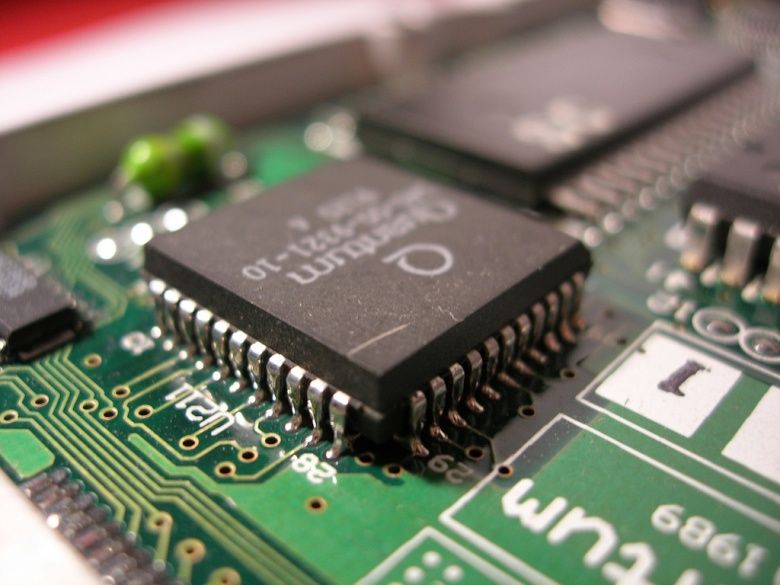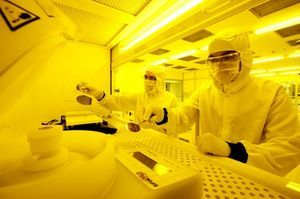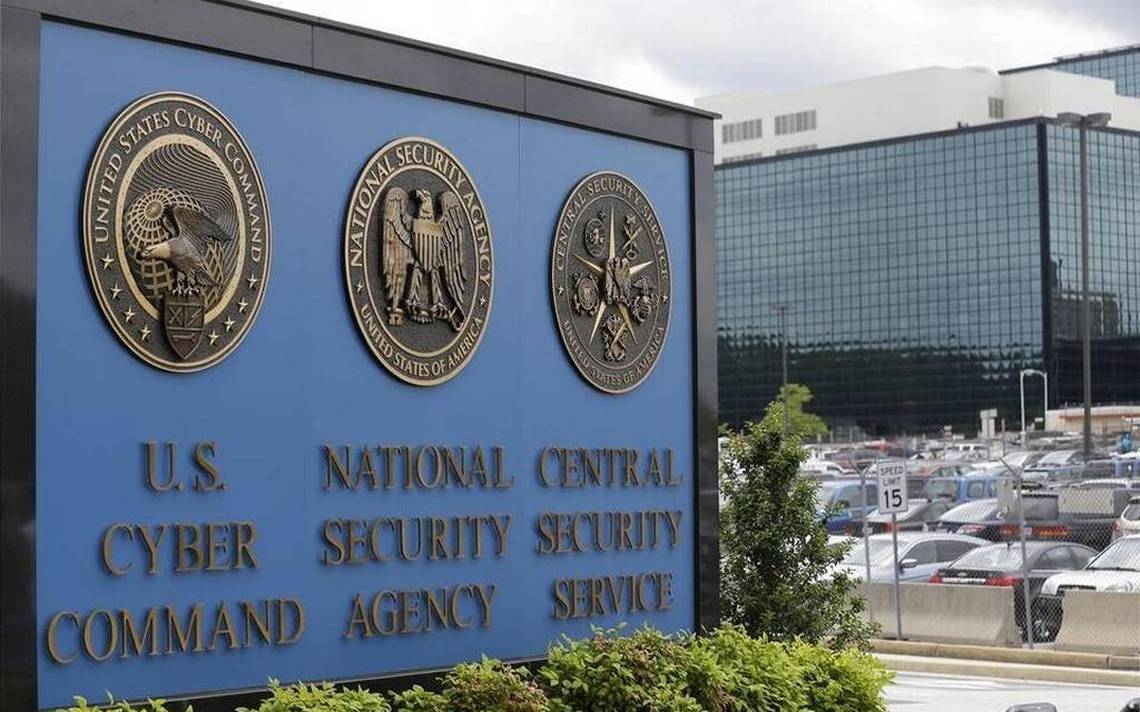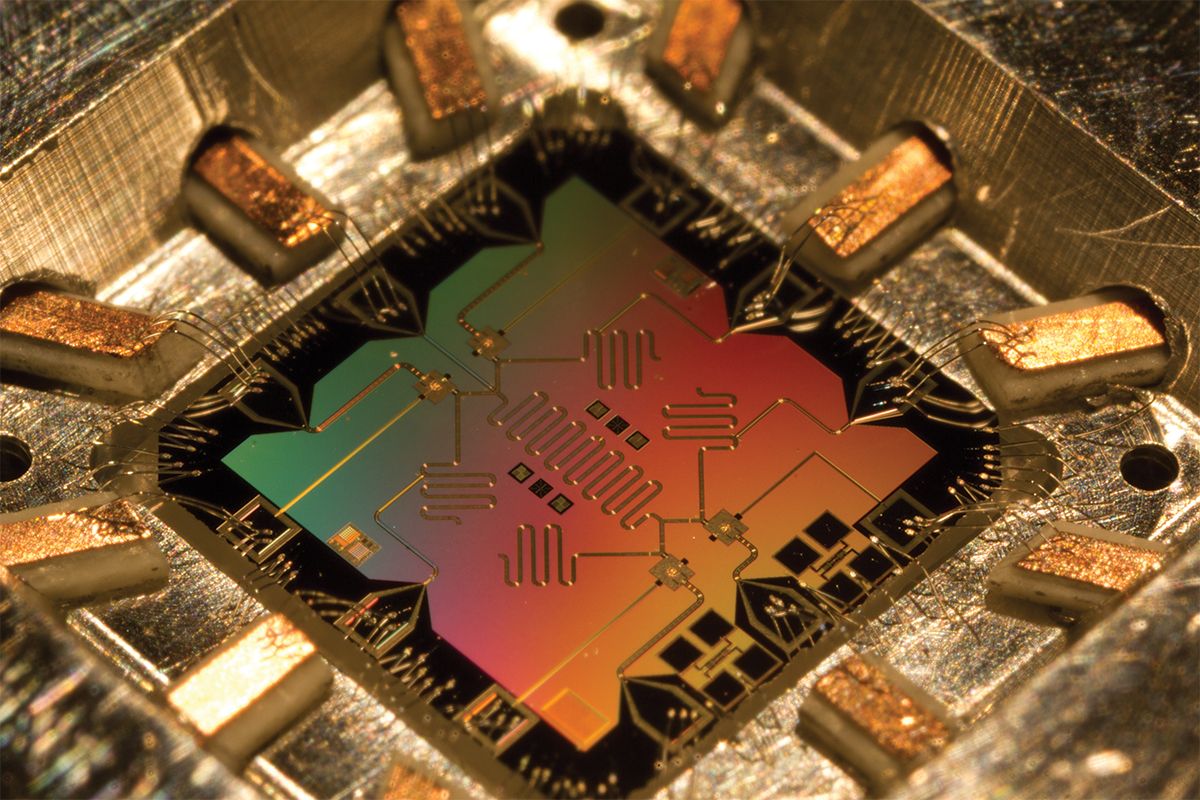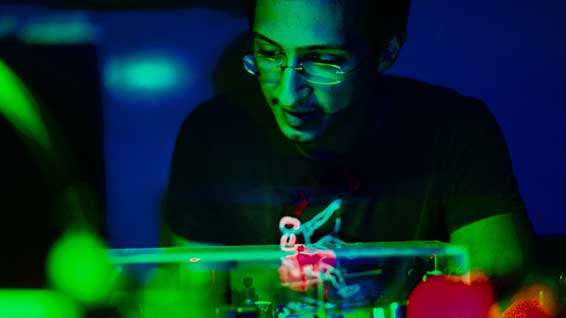Archive for the ‘quantum physics’ category: Page 775
Aug 31, 2016
Government sees potential ‘quantum ecosystem’ in Australia
Posted by Karen Hurst in categories: business, government, quantum physics
I will have to admit Australia is pretty advance in its research and development efforts in QC. With Michelle Simmons and team they certainly give folks a run for their money in the QC race.
MIS Asia offers Information Technology strategy insight for senior IT management — resources to understand and leverage information technology from a business leadership perspective.
Aug 31, 2016
Letter: U.S. lags far behind China in quantum computing technology
Posted by Karen Hurst in categories: climatology, cybercrime/malcode, government, quantum physics, satellites, sustainability
The Wall Street Journal on Aug. 16 reported that China sent the world’s first quantum communications satellite into orbit. The newspaper also stated that China spent $101 billion in 2015 on quantum research and technology development. The satellite has the ability to greatly expand China’s ability to expand their unhackable communications.
Now we in the U.S. read almost daily about some U.S. computer system that has been hacked. Our current technology cannot be considered secure. So what is our government investing in?
According to the GAO, the U.S. spent over $10 billion on global climate change science and technology in 2014. Gave $400 million to Iran for who knows what, and spent about $200 million on quantum technology.
Continue reading “Letter: U.S. lags far behind China in quantum computing technology” »
Aug 31, 2016
Physicist proposes new equation that could transform physics
Posted by Karen Hurst in categories: information science, quantum physics
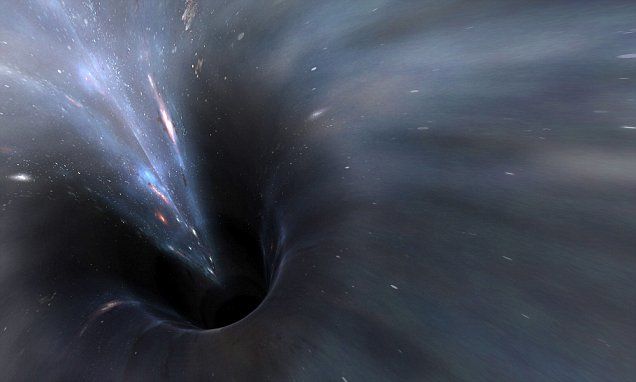
In 1935, physicists published two papers introducing key concepts on the theoretical understanding of the universe: wormholes and quantum entanglement.
But, what if these two separately described phenomena were actually the same thing?
Continue reading “Physicist proposes new equation that could transform physics” »
Aug 31, 2016
Revealed: Google’s plan for quantum computer supremacy
Posted by Bruno Henrique de Souza in categories: computing, quantum physics
O Google planeja supremacia quantum.
Google está construindo computador qu ntico de 50 qubits.
Aug 30, 2016
Black Holes are likely sending quantum messages in the universe
Posted by Andreas Matt in categories: cosmology, quantum physics
Spinning black holes are capable of complex quantum information processes encoded in the X-ray photons emitted by the accretion disk.
The black holes sparked the public imagination for almost 100 years now. Their debated presence in the universe has been proven without a doubt by detecting the X-ray radiation coming from the center of the galaxies, a feature of massive black holes. Black holes emit X-ray radiation, light with high energy, due to the extreme gravity in their vicinity. The vast majority if not all of the known black holes were unveiled by detecting the X-ray radiation emitted by the stellar material accreting around black holes.
X-ray photons emitted near rotating black holes not only exposed the existence of these phantom-like astrophysical bodies, but also seem to carry hidden quantum messages.
Continue reading “Black Holes are likely sending quantum messages in the universe” »
Aug 30, 2016
Physicists Force Water Molecules Into a Strange New State of Matter
Posted by Shailesh Prasad in category: quantum physics
Physicists have teased water molecules into a new state—one that has some very peculiar quantum mechanical properties.
For the most part, water on Earth comes in three varieties—solid ice, gaseous vapor, and (everybody’s favorite) liquid form. We’ve all known this since basically forever.
But now physicists, who love throwing monkey-wrenches into things and mucking with our cherished notions of everyday existence, have come up with another doozy—a brand new state of water.
Continue reading “Physicists Force Water Molecules Into a Strange New State of Matter” »
Aug 30, 2016
Scientists Have Figured Out What We Need to Achieve Secure Quantum Teleportation
Posted by Shailesh Prasad in categories: internet, quantum physics
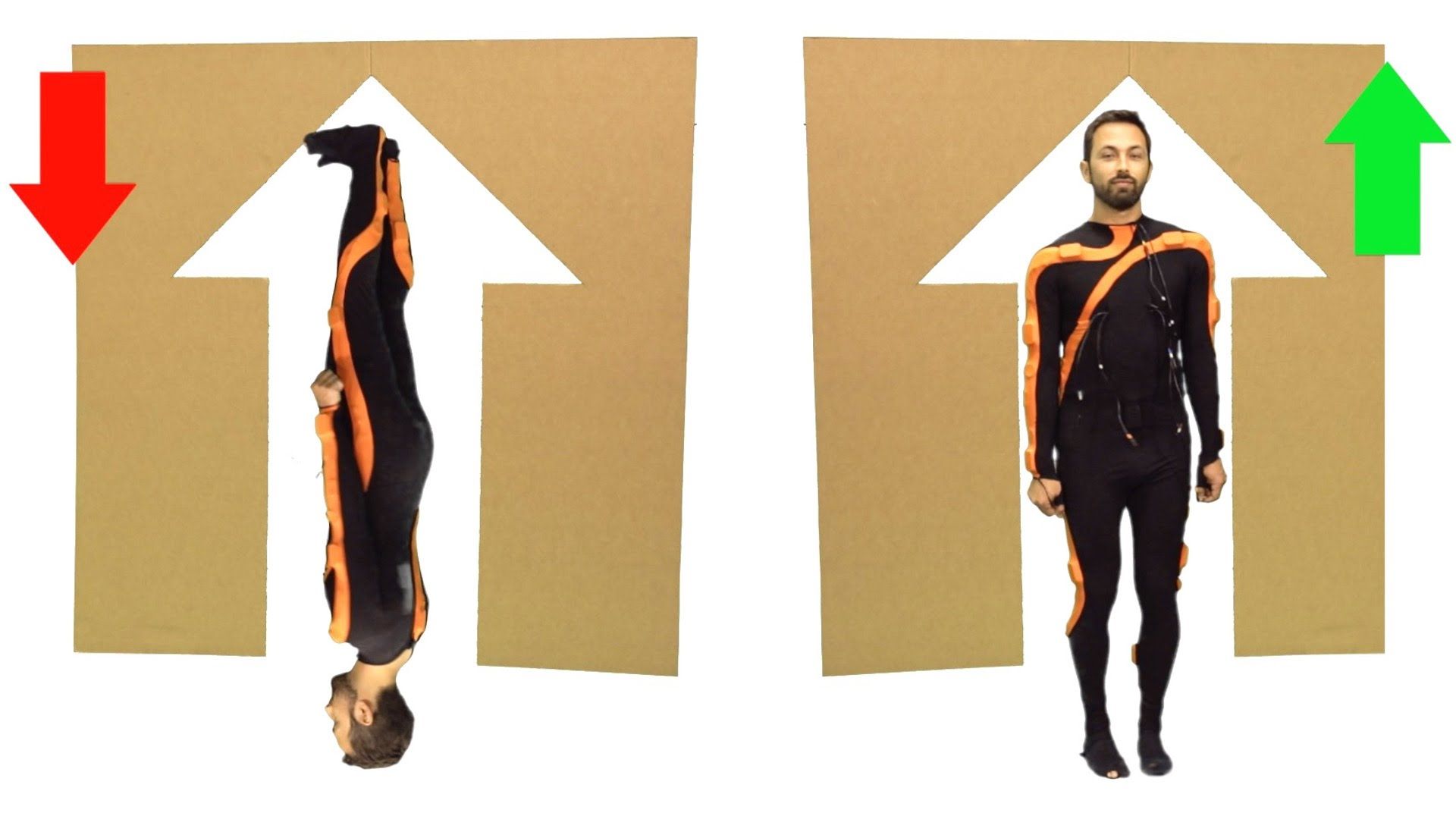
Researchers have demonstrated the requirements for secure quantum teleportation using quantum steering.
An international collaboration of researcher from China, Europe, and Australia have demonstrated the precise requirements needed to secure quantum teleportation, a concept that is essential to the future of a quantum internet that lets information to be transmitted securely.
Aug 28, 2016
Physicist finds entanglement instantly gives rise to a wormhole
Posted by Andreas Matt in categories: particle physics, quantum physics
Quantum entanglement is one of the more bizarre theories to come out of the study of quantum mechanics — so strange, in fact, that Albert Einstein famously referred to it as “spooky action at a distance.”
Essentially, entanglement involves two particles, each occupying multiple states at once — a condition referred to as superposition. For example, both particles may simultaneously spin clockwise and counterclockwise. But neither has a definite state until one is measured, causing the other particle to instantly assume a corresponding state.
The resulting correlations between the particles are preserved, even if they reside on opposite ends of the universe.
Continue reading “Physicist finds entanglement instantly gives rise to a wormhole” »
Aug 27, 2016
Quantum correlations do not imply instant causation
Posted by Andreas Matt in category: quantum physics
A research team led by a Heriot-Watt scientist has shown that the universe is even weirder than had previously been thought.
In 2015 the universe was officially proven to be weird. After many decades of research, a series of experiments showed that distant, entangled objects can seemingly interact with each other through what Albert Einstein famously dismissed as “Spooky action at a distance”.
A new experiment by an international team led by Heriot-Watt’s Dr Alessandro Fedrizzi has now found that the universe is even weirder than that: entangled objects do not cause each other to behave the way they do.
